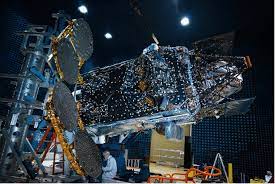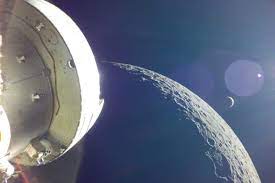
NASA’s Tropospheric Emissions: Monitoring of Pollution (TEMPO) instrument has successfully launched, marking a significant step forward in the monitoring of major air pollutants. The instrument will provide unprecedented resolution, allowing scientists to observe air quality from space with accuracy down to just four square miles. The TEMPO mission aims to revolutionise air quality monitoring, thereby improving life on Earth.
April 2023 Current Affairs Quiz
More About The Launch of NASA’s Tropospheric Emissions: Monitoring of Pollution (TEMPO) instrument:
The instrument was launched from Cape Canaveral Space Force Station in Florida onboard a SpaceX Falcon 9 rocket. The payload was carried by the Intelsat 40E satellite, which separated from the rocket 32 minutes after launch. At 1:14 a.m., the signal was acquired. The commissioning of TEMPO will begin in late May or early June.
Significance of The NASA’s Tropospheric Emissions: Monitoring of Pollution (TEMPO) instrument:
NASA Administrator Bill Nelson has said that the TEMPO mission is about more than just studying pollution. It aims to improve life on Earth by monitoring the effects of everything from rush-hour traffic to pollution from forest fires and volcanoes. NASA data will aid in the improvement of air quality across North America and the protection of our planet.
The observations provided describe a new scientific instrument that is capable of monitoring air quality over North America at a high resolution and with a high frequency. Because this instrument is in geostationary orbit, it can continuously monitor the same region of the Earth’s surface, allowing for the tracking of changes in air quality over time.
What will it Observe:
The instrument is designed to measure several key pollutants, including ozone, nitrogen oxide, sulphur dioxide, and formaldehyde. These pollutants are all known to have harmful effects on human health and the environment, so monitoring their levels is important for understanding and mitigating their impacts.
TEMPO, a NASA instrument, is set to revolutionize the way scientists observe air quality from space by providing unparalleled resolution of monitoring major air pollutants down to four square miles. As a fixed geostationary orbit above the equator, TEMPO will be able to measure air quality over North America hourly during the daytime, surpassing existing limits of about 100 square miles in the U.S.





